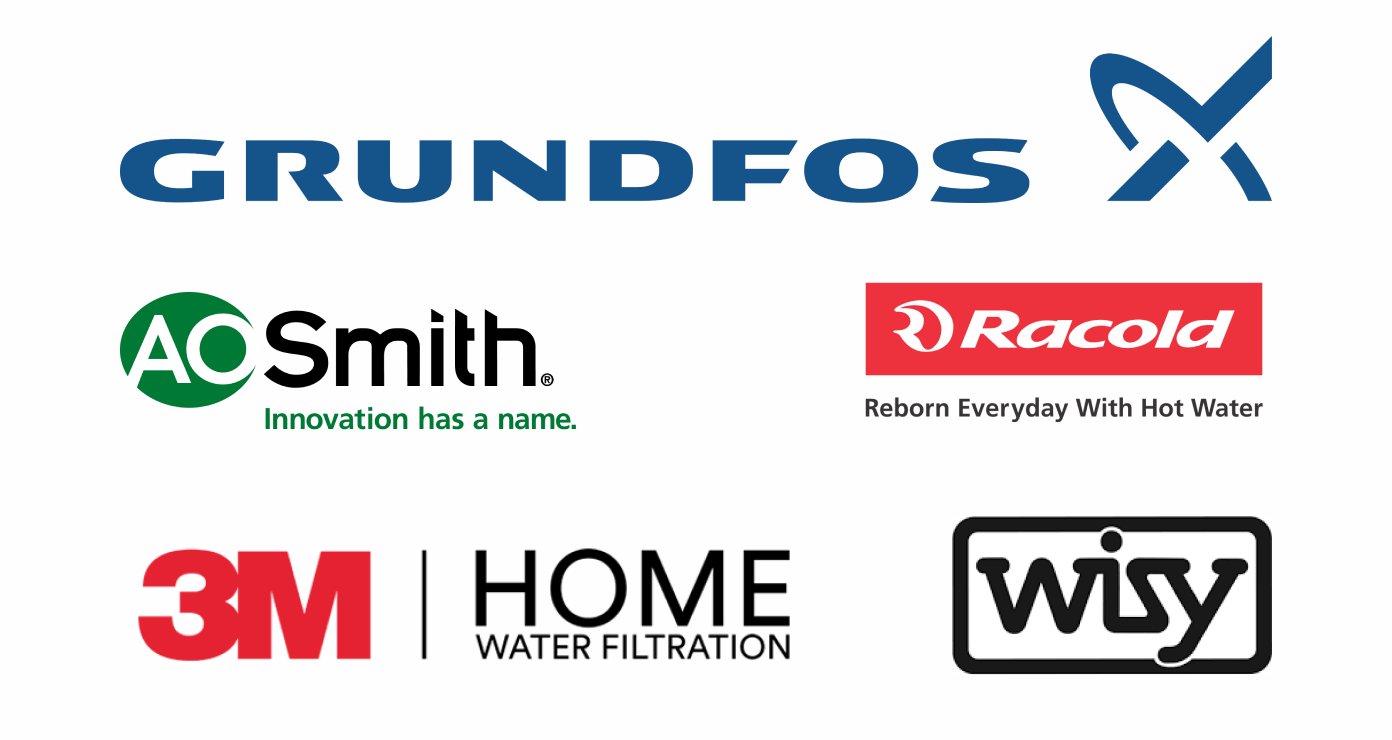Showers are a vital component in ensuring an invigorating morning shower.
Installed alongside a storage or break tank, a shower pump is the heart of your shower system, boosting the water pressure experienced at your shower head.
But if this is your first shower pump, or you want to install a shower pump without a plumber, you will probably find the job slightly overwhelming.
No doubt you’re thinking:
- Where should I locate my new shower pump?
- How do I remove the old pump?
- What is the step by step shower pump installation process?
Fortunately, installing a shower pump is not that difficult. All you need to do is follow a couple of vital steps, and you will have your shower pump installed in no time.
In this post, you’ll learn:
- What you need to know before installing a shower pump
- What tools you need to install a shower pump
- How to install a shower pump
- The common shower pump installation mistakes
What do I need to know before installing a shower pump?
Choose Your Pump
To get the most out of your shower, you need to select the right shower pump. Do you need a shower pump for a negative head system or a positive head system? A twin shower or a single shower pump? If you’re still struggling, read our guide to choosing a shower pump here.
Check Your Water Pressure
Shower pumps operate at different pressure levels. Before you install your shower, work out if there is enough pressure available from your water tank to operate the shower pump when it is turned on. If not, you will need a negative head system. If there is, you need a positive head system. Positive head shower pumps generally require a minimum inlet pressure of 0.2 bar.
Position Your Pump
You want to place your shower pump as close to the hot and cold water storage tanks as possible. At the same time, however, shower pumps must also be easily accessible for maintenance.
What tools do I need to install a shower pump?
It’s important to ensure you have the tools needed to carry out the job. You will need:
- Towels
- Bucket
- Monkeywrench
- Screwdriver
- Electrical Tester
10 Steps to Shower Pump Installation
Step 1: Ensure the Pump is Electrically Isolated
Before you start any work on the shower pump, it is critical that you ensure the pump is electrically isolated. Turn off your home’s electricity supply, remove the fuse and then test the pump with the electrical tester.
Important: Ensure you notify everyone in the home or building that you are working on the plumbing system.
Step 2: Remove the Shower Pump’s Electric Wires
If the pump is electrically isolated, and you’ve tested it with the electrical tester, you can now start removing the wires.
Remove the electrical box cover and conduct another test with the electrical tester.
If you get the all clear, use the screwdriver to remove the electrical wiring.
Note: Your pump will offer step by step instructions to wiring your pump correctly.
Step 3: Turn Off Hot and Cold Water Supply
To prevent the pump from flooding your home, turn off the hot and cold water supply.
Step 4: Remove the Water Connection
Now that you have completed all the steps described above, you can start to remove the pump.
Start by unscrewing the water connection. This should be quite straightforward, but if you have an older pump, you may need to tweak the connection free with a monkey wrench.
Note: There might be some leftover water in the pump connection. Use the bucket to catch as much water as possible, and use a towel to mop up any water that escapes.
Step 5: Remove the Old Shower Pump
Simple as that, remove the old shower pump.
Step 6: Insert the Shower Pump
Having selected and positioned your pump, you now need to plumb it in. Start by flushing the pipework to remove any debris.
Shower pumps are usually supplied with cold and hot water feed pipes that lead from the pump to the cold and hot water storage tanks. Connect these to the pump following the instructions supplied with your specific shower pump.
Step 7: Prime the Pump and Plumbing
Before you can use the shower, you will need to prime the pump and connecting pipework. Ensure you run a bucket of water through the hot and cold water feed pipes to remove any debris. Keep pouring water until it runs out clear. Once the water runs clear, reconnect the connection hoses to the pump.
Step 8: Check for Leaks in the Pump Connections
Before reconnecting the shower pump to an electrical supply, turn on the water supply and check the pump thoroughly for any leaks. If you find any issues, disconnect the hoses and start again.
Step 9: Reconnect the Wires and the Shower Pump
Now that the pump is connected and you don’t have any leaks, you can start the wiring process. Again, please ensure that the pump is electrically isolated throughout this whole process.
Step 10: Turn on the Electric
You are now ready to turn on the electric.
Common Shower Pump Installation Mistakes
Not Providing Adequate Ventilation
The area around the shower pump should be well ventilated. Failure to provide adequate ventilation can result in overheating. If you are worried about the pump freezing, consider an alternative location.
Poor Placement Of The Pump
There should always be at least 600mm from the bottom of the cold water storage tank down to the top of the pump motor casing to allow for adequate system pressure. Effectively, the pump should be as low as possible, and the water input head as high as possible.
Inadequate Water Storage
You need to ensure you have at least 225 litres of cold water in the storage tank. The cold water has to feed both the shower and the hot water tank.
Attaching the Pump to the Floor
Do not screw the pump to the floor. Contrary to popular theory, the pump will make more excessive vibrations when screwed down. To reduce noise, place the pump on a concrete block or purchase a sound absorption mat.
Failure to Flush
Ensure you flush the pipework before making the final connections to the pump. Debris, including rust flakes and sediment, can enter the pump and damage components.
Free Advice
If you’re struggling for advice, ring our dedicated pump experts for free advice on 6385728757
We’re open Monday to Friday 07:00 - 17:30 and Saturday 08:30 - 12:30.







